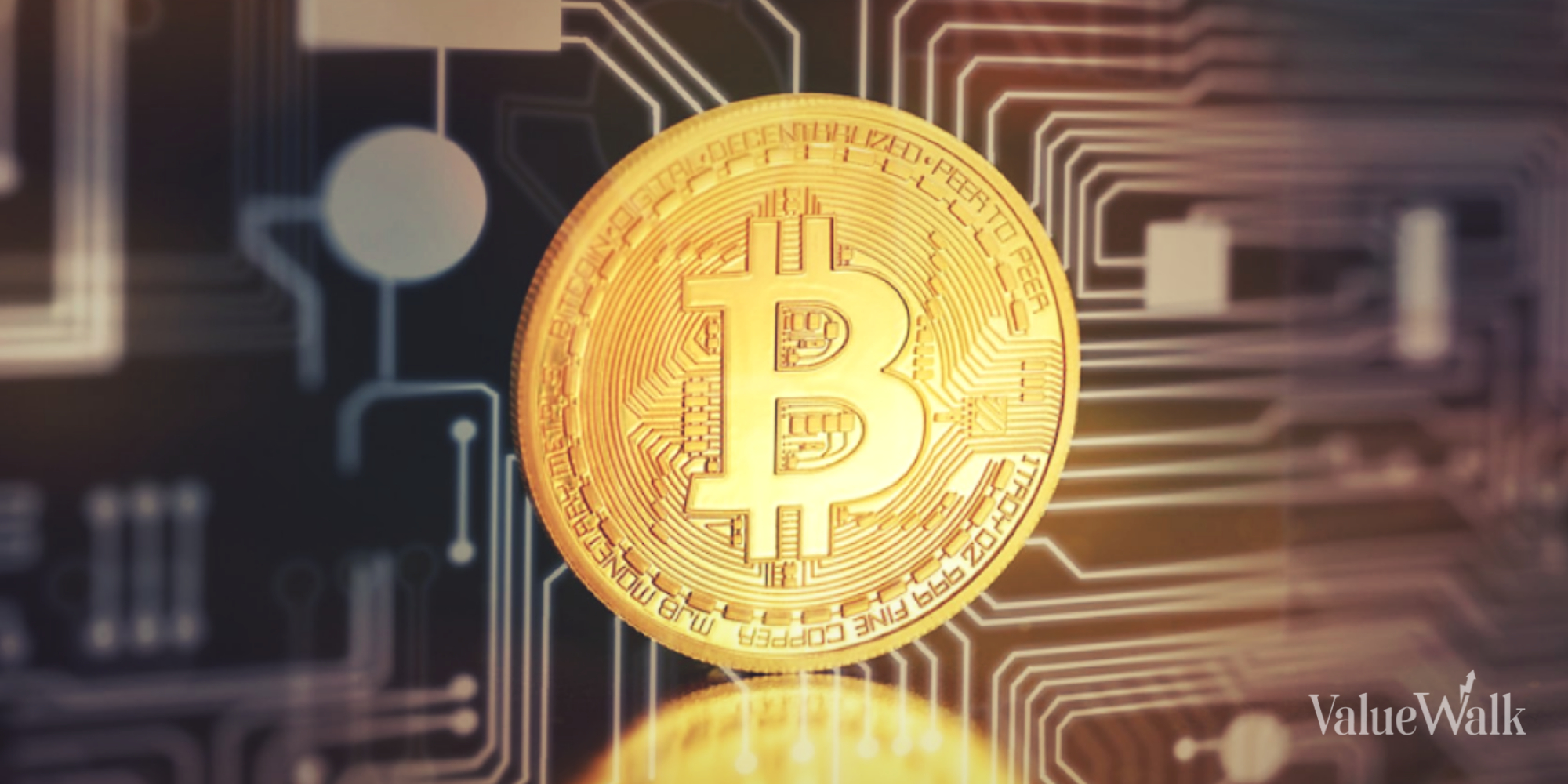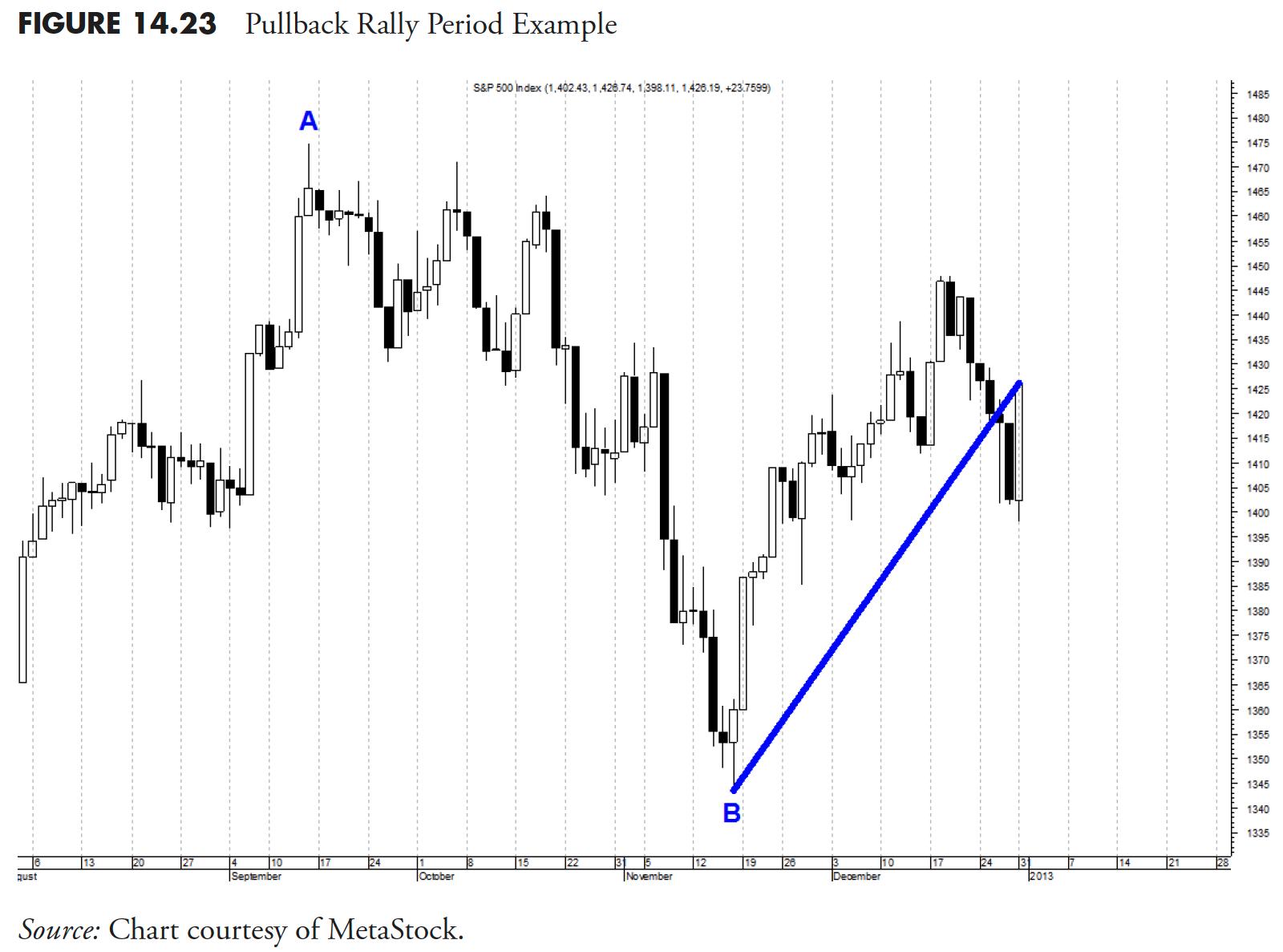Bitcoin Halving on Saturday: Moonlight or No Burgers?

Bitcoin (BTC-USD) price fell from $70,000 due to conflict in the Middle East. But this decline was already underway as markets weighed longer-term interest rate policy. But while these factors can certainly continue to move the Bitcoin price, there is an event imminent that could trigger even larger inflows or exodus.
Like the Olympics, it is held (approximately) every four years. Bitcoin halving, also known as halving. There was a time when only blockchain enthusiasts knew about this incident, but now it is being covered as front page news in the financial press.
That’s because, following the approval of the Bitcoin ETF (Exchange Traded Fund), non-professional cryptocurrency traders are educating themselves about the events that move digital asset prices these days. Education is almost always a good thing, but the upcoming Bitcoin halving event may end up raising more questions than answers.
Saturday is that day. Are you ready?
To briefly summarize, halving/halving is an event in which the rewards miners receive for mining Bitcoin are halved. Currently (assuming you are reading this before Saturday, April 20th) the reward for mining Bitcoin (more precisely, confirming a transaction on the Bitcoin blockchain) is 6.25 tokens. After halving, the reward will be reduced to 3.125 tokens.
This is expected to take place on Saturday and will be the fourth halving event since Bitcoin launched in 2009. The idea is not to punish Bitcoin miners, but to control the circulating supply of available Bitcoin.
After all, this is one of the characteristics that distinguishes Bitcoin from fiat currencies such as the US dollar. There will only ever be 21 million Bitcoins, so there is built-in inflation resistance. To prevent too many Bitcoins from flooding the market at once, these halving events slow down mining activity by weakening incentives.
It is estimated that this year’s halving will hit cryptocurrency miners by $10 billion. Among the most well-known publicly traded Bitcoin miners are Marathon Digital Holdings (NASDAQ:MARA), Riot Platforms (NASDAQ:RIOT), and HIVE Digital Technologies (NASDAQ:HIVE).
But before you sell mining stocks, consider that financial markets are well aware of the impending halving event. Certainly, traders have already shrugged off fears and concerns about Bitcoin mining stocks. For example, Marathon Digital Holdings’ stock has (ironically) halved since the end of February, from $30 to $15.
What markets are good at is pricing in anticipated events in advance. Perhaps you’ve noticed that bullish Bitcoin traders haven’t waited for the Securities and Exchange Commission (SEC) to actually approve a spot Bitcoin ETF. Knowing this event was inevitable, they sent the price of Bitcoin skyrocketing ahead of the SEC’s action.
What will happen to Bitcoin after the halving?
Even in the non-financial press, people are asking whether the price of Bitcoin will rebound after Saturday’s halving event. It feels like everyone and their uncle is expecting a half-life, but that’s exactly why it may turn out to be a “nothing burger.”
Of course, we can also look to the past for clues about what might happen. According to CNBC, “After the 2012, 2016, and 2020 halvings, the price of Bitcoin rose approximately 93x, 30x, and 8x, respectively, from the halving price to the peak of the cycle.”
So far, you can see that the post-event rally is getting smaller each time it halves. Nonetheless, even if Bitcoin “only” doubles this time, it would represent a significant return on your investment.
But don’t get too excited. First of all, the historical sample size is only three halving events. Scientifically minded investors should not consider this an established, actionable pattern. Moreover, as the old saying goes, past performance is no guarantee of future returns.
And again, we have to go back to the idea of financial markets as a discount mechanism. All known events, including upcoming/expected events, are immediately reflected in the prices of financial assets. This is why markets are called “efficient.”
Now that retail traders and institutional investors have joined blockchain geeks in cryptocurrency trading, the market is likely already ahead of the expected Bitcoin halving rally. This is a plausible hypothesis considering Bitcoin’s rapid annual rise.
Therefore, it is wise not to make any assumptions about what will happen to the Bitcoin price after the halving. Instead, I encourage investors to think long term and consider the big picture. If you’re a firm believer in the cryptocurrency as a supply-limited, inflation-resistant fiat alternative, it may make sense to hold on to some Bitcoin regardless of what happens before, during, or after Saturday’s big event.



